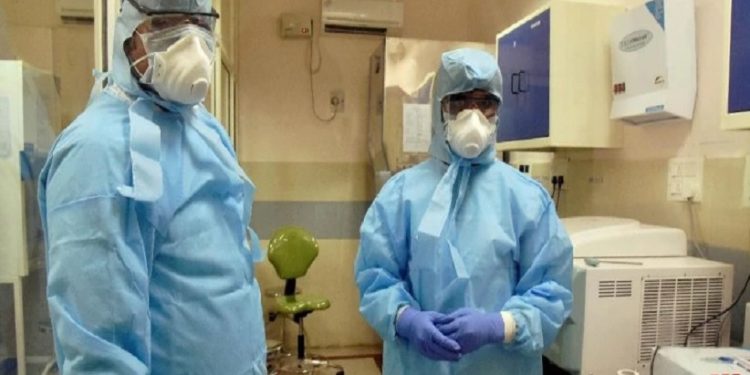There was a time when it seemed possible for the world to contain COVID-19 – the disease caused by the novel coronavirus. That time is almost over. What began as an outbreak in China has become a pandemic; as a growing number of countries struggle to control the virus, talk of ‘flattening the curve’ has increased.
Almost every country tries to achieve this goal through the standard arsenal of public health – testing people and tracing contacts – and through more restrictive measures which include instituting quarantines, closing public spaces, banning mass gatherings and issuing strong advice about social distancing. Countries around the world have gone into lockdown or imposed severe curbs.
For example, the United Kingdom has been getting to grips with sweeping new measures to tackle the spread of coronavirus, including a ban on public gatherings of more than two people and the immediate closure of shops selling non-essential goods.
Meanwhile, health experts say that Americans must limit their social interactions or the number of infections will overwhelm the health care system in the US.
Spanish soldiers helping to fight the coronavirus pandemic have found elderly patients in retirement homes abandoned and, in some cases, dead in their beds. An ice rink in Madrid is said to be used as a temporary mortuary for Covid-19 victims.
The World Health Organization (WHO) has warned that the pandemic is accelerating, with more than 300,000 cases now confirmed. It is urging countries to adopt rigorous testing and contact-tracing strategies.
This so-called ‘second wave’ of imported infections is also affecting countries like South Korea and Singapore, which had been successful in stopping the spread of disease in recent weeks. South Korea has been seeing a drop in its daily tally of new cases.
It is not known how the virus will behave across the year either. Other human ‘coronaviruses’ tend to peak in the winter, while laying low during high humidity and temperatures of the summer. But it is unclear as to whether SARS-CoV-2 will behave the same way.
One study shows that, the biggest outbreaks across the globe have occurred within a narrow band of climate. However, a more granular analysis across Chinese provinces showed that the virus can still easily spread in humid areas. A third modeling study concluded that, ‘SARS-CoV-2 can proliferate at any time of the year’.
With a dearth of tests, shortages of protective gear for health workers and vital medical equipments like ventilators, health systems even in wealthy nations have been pushed to the breaking point.
PNN







































